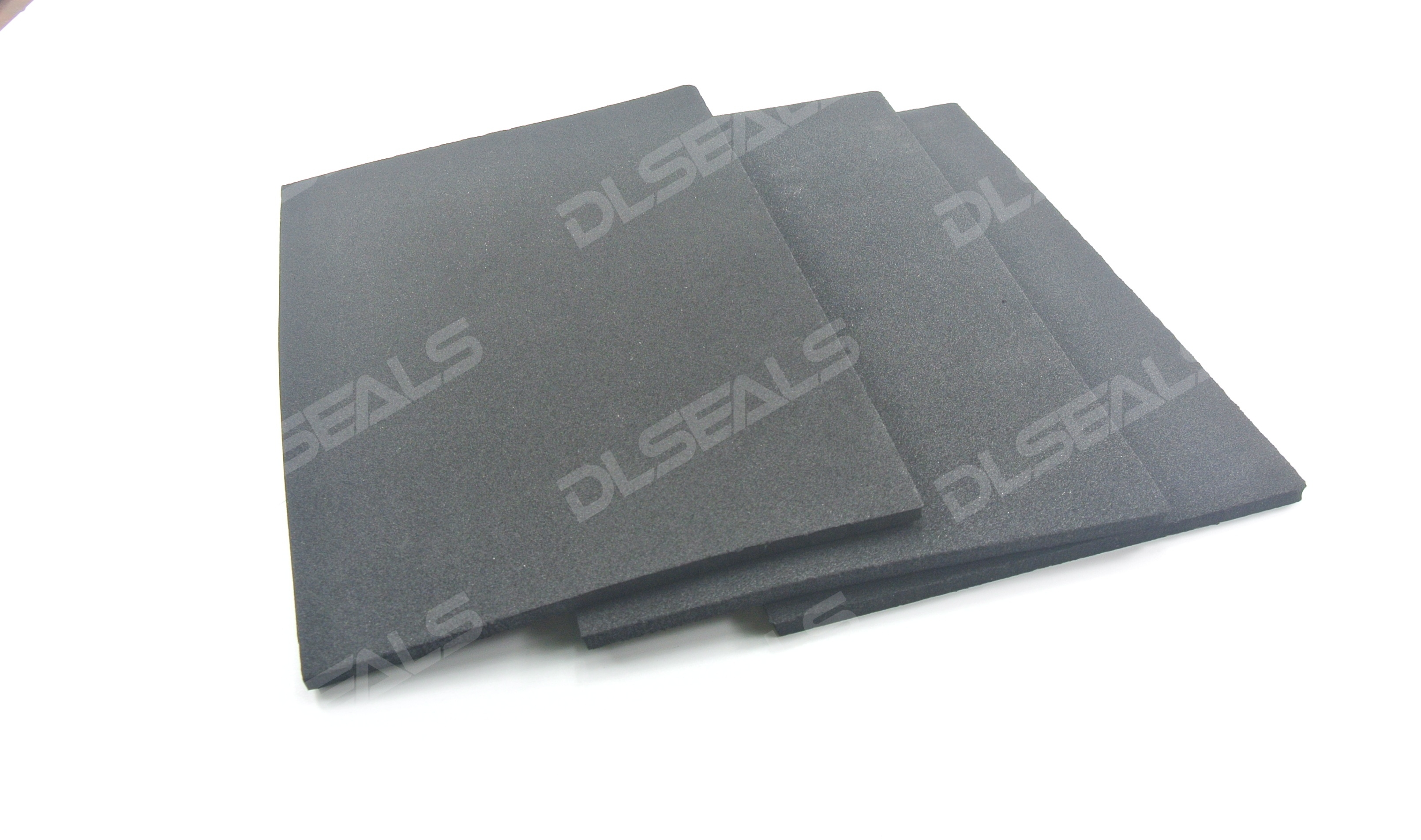In modern industry and daily life, the lightweight and high-performance of materials has become an important development trend. As a material with unique structure and excellent performance, foam rubber is gradually receiving widespread attention. It not only has the flexibility and durability of traditional rubber, but also achieves lightweight through foaming technology, making it have broad application prospects in many fields. This article will explore in depth the characteristics, preparation process, application fields and future development trends of foam rubber.
1. Characteristics of foam rubber
Foam rubber is a porous structure material formed by introducing bubbles into the rubber matrix. Its main characteristics include:
Lightweight: Due to the presence of bubbles, the density of foam rubber is significantly reduced, making it lighter.
High elasticity: Even at a high foaming rate, foam rubber can still maintain good elasticity and is suitable for occasions requiring buffering and shock absorption.
Heat and sound insulation: The porous structure gives foam rubber excellent heat and sound insulation properties, which is suitable for scenes where heat conduction and noise need to be reduced.
Chemical corrosion resistance: Depending on the rubber matrix, foam rubber can have good chemical corrosion resistance and is suitable for chemical and marine environments.
Energy absorption performance: The foaming structure enables it to absorb a large amount of energy when subjected to force, which is suitable for anti-collision and buffer materials.
2. Preparation process of foamed rubber
The preparation process of foamed rubber mainly includes the following steps:
Rubber matrix selection: Select suitable rubber materials according to application requirements, such as natural rubber, nitrile rubber, silicone rubber, etc.
Foaming agent addition: Add foaming agent (such as chemical foaming agent or physical foaming agent) to the rubber mixture, and the foaming agent produces gas during heating or chemical reaction.
Mixing and plasticizing: The rubber, foaming agent and other additives (such as stabilizers, fillers, etc.) are fully mixed and plasticized by a plasticizer to make them evenly distributed.
Molding and foaming: The mixture is made into the desired shape through molding processes such as extrusion, molding or injection molding, and foamed at a certain temperature and pressure to form a porous structure.
Post-processing: The foamed rubber is cooled, shaped and subsequently processed, such as cutting and polishing, to meet specific application requirements.
3. Application fields of foam rubber
Due to its unique properties, foam rubber has been widely used in many fields:
Automotive industry: Foam rubber is used in automotive interior parts, seat pads, shock absorbers, etc., which not only reduces the weight of the vehicle but also improves riding comfort.
Construction industry: In building insulation materials, sound insulation boards and floor mats, foam rubber provides excellent heat insulation and sound insulation.
Sports equipment: Foam rubber is used in sports shoe soles, protective gear and sports mats, providing good cushioning and shock absorption performance.
Electronic products: In the protective covers and cushioning pads of electronic devices such as smartphones and tablets, foam rubber plays a role in shock and fall prevention.
Packaging materials: Foam rubber is widely used in the packaging of fragile items, providing good cushioning and protection performance.
4. Future development trend of foam rubber
With the advancement of technology and changes in market demand, the future development of foam rubber is mainly concentrated in the following aspects:
High-performance materials: Develop foam rubber materials with higher heat resistance, chemical corrosion resistance and mechanical strength to meet more demanding application environments.
Environmentally friendly materials: Research and apply biodegradable foam rubber materials to reduce the impact on the environment.
Intelligent application: Combined with sensor technology, develop foam rubber with self-diagnosis and self-repair functions to improve the service life and reliability of the material.
Customized production: Use advanced manufacturing technologies such as 3D printing to achieve customized production of foam rubber to meet personalized needs.
5. Conclusion
As a material with both lightweight and excellent performance, foam rubber has broad application prospects in modern industry and daily life. Through continuous technological innovation and application expansion, foam rubber will provide new solutions for lightweight and high performance in various fields. Whether it is the automotive industry, construction industry, or electronic products and sports equipment, foam rubber has made important contributions to product performance improvement and function optimization with its unique advantages.
Post time: Mar-03-2025

